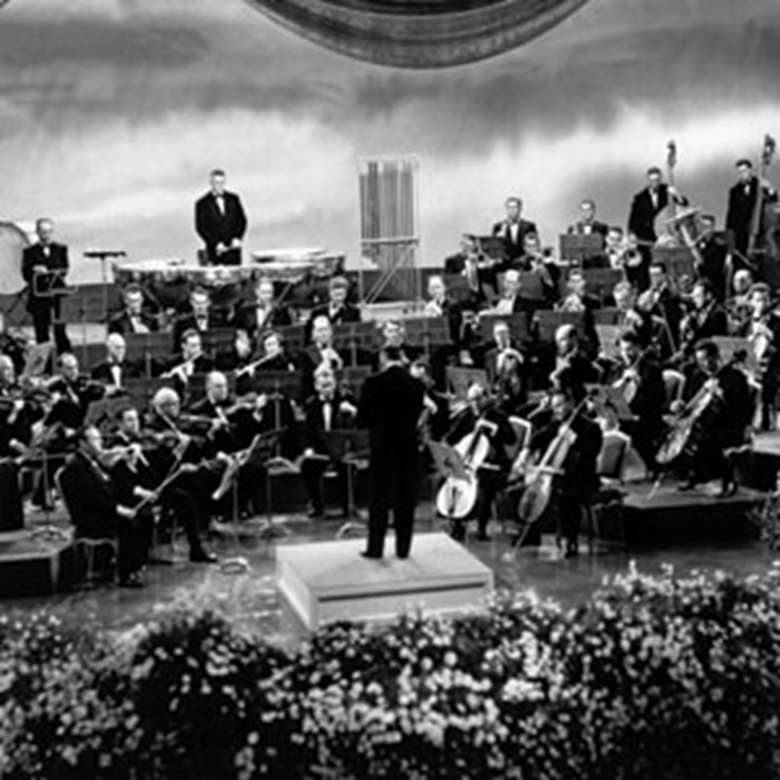Hollywood's Super Orchestra
Adrian Edwards
Monday, February 20, 2017
For all the talk of the 'top five' America orchestras, it was a Hollywood studio that gave birth to one of the greatest of them all, writes Adrian Edwards

Register now to continue reading
Thanks for exploring the Gramophone website. Sign up for a free account today to enjoy the following benefits:
- Free access to 3 subscriber-only articles per month
- Unlimited access to our news, podcasts and awards pages
- Free weekly email newsletter






